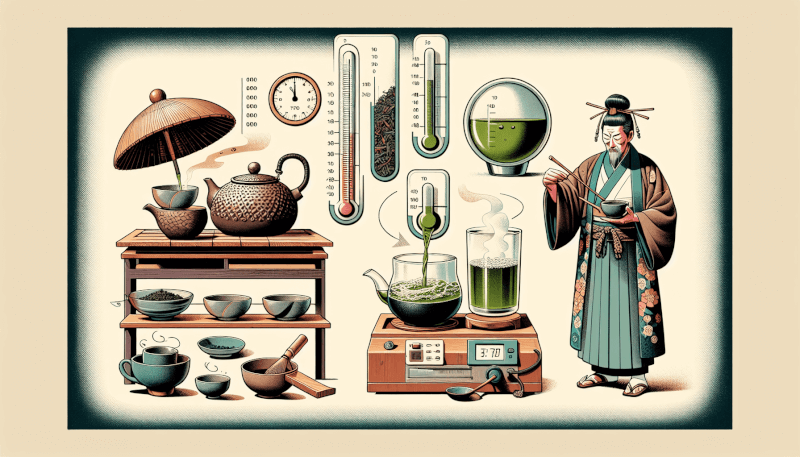Are you a lover of green tea? If so, you’re in for a treat! In this article, we will explore the best tea brewing techniques specifically designed for green tea. Whether you prefer its delicate flavor or enjoy its numerous health benefits, mastering the art of brewing green tea will enhance your tea-drinking experience. From the optimal water temperature to the perfect steeping time, we will guide you through the step-by-step process to achieve a cup of green tea that is bursting with flavor and goodness. Get ready to elevate your tea brewing game and savor every sip of this refreshing beverage.
Choosing the Right Water
When it comes to brewing the perfect cup of tea, choosing the right water is essential. There are three common types of water that you can use: filtered water, spring water, and mineral water.
Filtered water is a great choice for brewing tea because it removes impurities and odors, resulting in a clean and crisp taste. It is important to note that not all filters are the same, and some may not be effective at removing certain contaminants. Therefore, it is recommended to use a high-quality water filter to ensure the best results.
Spring water, on the other hand, comes from natural springs and often contains mineral traces, which can enhance the flavor of the tea. It is important to choose a reputable brand of spring water to ensure that it is safe for consumption and free from any harmful substances.
Mineral water is another option for brewing tea and is known for its high mineral content. This type of water can add a unique flavor profile to the tea, but it is important to choose a mineral water with a balanced mineral composition to avoid overpowering the delicate flavors of the tea.
Ultimately, the choice of water depends on personal preference and the specific type of tea being brewed. It is recommended to experiment with different types of water to find the one that produces the best results for your taste buds.
Water Temperature
The temperature of the water used for brewing tea plays a crucial role in extracting the optimal flavor and aroma from the tea leaves. Different types of tea require specific water temperatures to achieve the desired brew. Here are the recommended water temperature ranges for green tea:
175°F (79°C) – 180°F (82°C): This temperature range is ideal for delicate green teas, such as Japanese Sencha or Chinese Dragonwell. It helps to preserve the tea’s light and grassy flavors without extracting any bitterness.
185°F (85°C) – 190°F (88°C): Medium-bodied green teas, such as Gunpowder or Jasmine, thrive at this temperature range. The slightly higher temperature helps to unlock the tea’s fuller flavors, while still maintaining a smooth and balanced taste.
195°F (90°C) – 200°F (93°C): Bolder green teas, like Matcha or Genmaicha, benefit from higher water temperatures. This range enhances the tea’s rich flavors and brings out a hint of sweetness, while still avoiding any astringency.
It is important to note that water should never be boiling hot when brewing green tea, as it can scorch the delicate leaves and result in a bitter and unpleasant taste. Using a thermometer or an electric kettle with temperature control can help ensure that you achieve the optimal water temperature for your green tea.
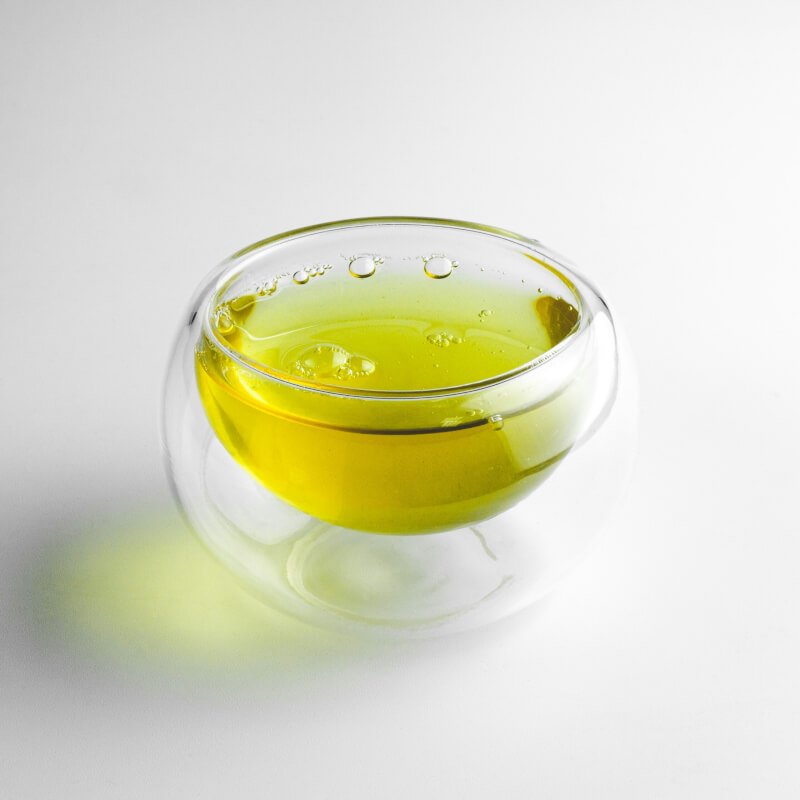
Tea-to-Water Ratio
Getting the right tea-to-water ratio is crucial for achieving a balanced and flavorful cup of green tea. As a general guideline, it is recommended to use 1 teaspoon of loose tea per 8 ounces (240 ml) of water.
However, it is important to note that personal preference may vary. Some people prefer a stronger brew and may opt to use a slightly higher ratio of tea leaves to water, while others may prefer a milder flavor and use less tea.
It is also worth mentioning that different green teas may have different density and leaf sizes, which can affect the optimal tea-to-water ratio. So, it is a good idea to experiment and adjust the ratio according to your taste preferences and the specific green tea you are brewing.
Teapot Selection
The choice of teapot can greatly impact the brewing process and the flavor of the green tea. There are several options to consider when selecting a teapot:
Glass Teapot: Glass teapots are a popular choice among tea enthusiasts because they allow you to watch the leaves unfurl and witness the infusion process. They are also easy to clean and do not retain any flavors, making them ideal for showcasing the vibrant colors of green tea.
Ceramic Teapot: Ceramic teapots are known for their excellent heat retention, which helps to ensure a consistent brewing temperature throughout the steeping process. They come in a variety of colors and designs, making them a stylish addition to any tea collection.
Cast Iron Teapot: Cast iron teapots are known for their durability and heat retention properties. They are perfect for brewing green tea, as they distribute heat evenly, allowing for a thorough extraction of flavors. Additionally, they can keep the tea warm for a longer period, which is ideal for multiple infusions.
Each type of teapot has its own advantages and charm, so it is important to choose one that aligns with your preferences and brewing style.
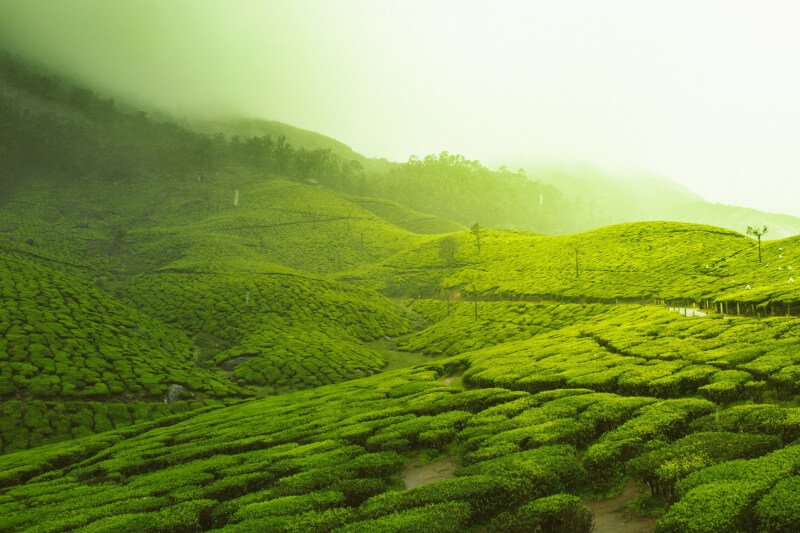
Preheating the Teapot
Preheating the teapot before brewing green tea can help maintain the optimal water temperature throughout the steeping process, ensuring a consistent and flavorful cup of tea. To preheat the teapot, simply pour hot water into it and let it sit for a few minutes.
Preheating the teapot also has the added benefit of warming up the teapot, which helps to prevent the tea from cooling down too quickly once it is poured into the teapot. This is especially important if you plan on enjoying multiple cups of tea or if you are using a cast iron teapot, which is known for its excellent heat retention.
By preheating the teapot, you create an ideal environment for the tea leaves to steep and release their flavors, resulting in a more enjoyable tea-drinking experience.
Steeping Time
The steeping time for green tea can vary depending on the type of green tea and personal preference. Here are some general guidelines for steeping green tea:
1-2 minutes: This brief steeping time is suitable for delicate green teas with lighter flavors, such as Gyokuro or White Tea. It allows for a milder brew and prevents any bitterness from being extracted.
2-3 minutes: Most green teas, including Sencha and Dragonwell, benefit from a slightly longer steeping time. This range allows for the full flavors of the tea to develop without becoming overpowering.
3-4 minutes: Bolder green teas, such as Matcha or Genmaicha, can be steeped for a longer period to extract their unique characteristics fully. This range results in a stronger and more robust flavor profile.
It is important to note that steeping green tea for too long can result in a bitter taste, so it is recommended to start with the lower end of the recommended steeping time and adjust according to your taste preferences.
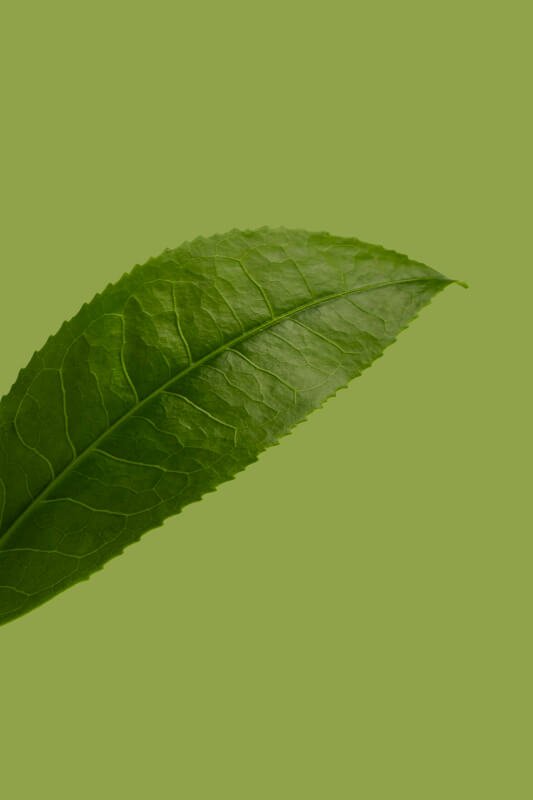
Multiple Infusions
One of the beauties of green tea is its ability to be steeped multiple times, offering different flavors and aromas with each infusion. Depending on the type of green tea, you can typically reinfuse the leaves for 2-3 more infusions.
To achieve the best results with multiple infusions, it is important to adjust the steeping time for each infusion. As a general guideline, the first infusion should have a slightly shorter steeping time, while the subsequent infusions can be slightly longer. This allows for a gradual release of flavors and ensures that each cup of tea is enjoyable.
It is worth mentioning that not all green teas are suitable for multiple infusions, and the flavor profile may change with each infusion. Experimenting with different steeping times and infusion numbers can help you discover the optimal brewing method for your favorite green tea.
Avoid Overbrewing
While steeping green tea for the right amount of time is crucial, it is equally important to remove the tea leaves from the water to prevent overbrewing. Overbrewing can result in a bitter and unpleasant taste, overpowering the delicate flavors of the green tea.
To avoid overbrewing, it is recommended to remove the tea leaves immediately after the desired steeping time has been reached. This can be done by either pouring the tea into a separate teapot or using a brewing vessel with a built-in filter that can be easily removed. By removing the tea leaves promptly, you can ensure a balanced and enjoyable cup of green tea.
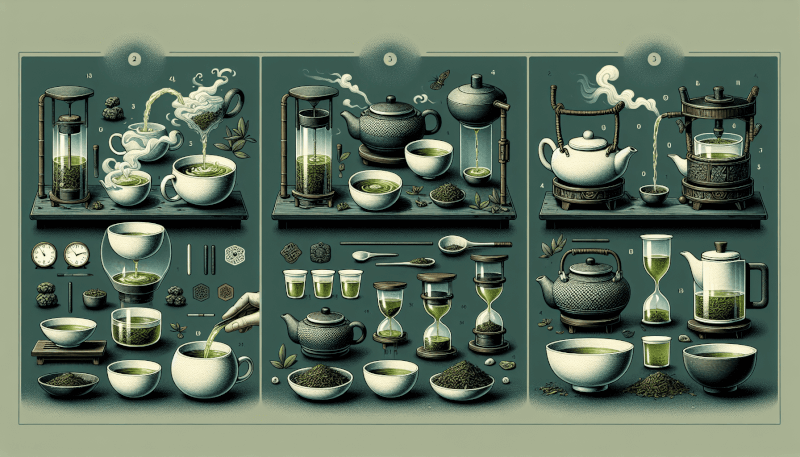
Methods of Brewing
There are several methods of brewing green tea, each offering a unique experience and flavor profile. Here are a few popular methods:
Gongfu cha: Gongfu cha is a traditional Chinese tea ceremony that involves brewing green tea in small teapots and serving it in small cups. This method allows for multiple short infusions, creating a full-bodied and flavorful tea.
Western-style brewing: This method involves using a larger teapot or a teacup with an infuser basket. Simply add the desired amount of tea leaves to the infuser, pour hot water over them, and let it steep for the recommended time. This method is convenient and suitable for everyday tea drinking.
Cold brewing: Cold brewing green tea involves steeping tea leaves in cold water for an extended period, usually overnight. This method produces a smooth and refreshing tea with subtle flavors, perfect for hot summer days.
Each brewing method offers a different experience and allows you to explore the unique characteristics of green tea. Feel free to experiment and find the method that suits your taste preferences and brewing style.
Storage and Freshness
Proper storage of green tea is essential to maintain its freshness and preserve its flavor. Here are some tips for storing green tea:
Store in an airtight container: To prevent exposure to air and moisture, it is recommended to store green tea in an airtight container. This helps to retain the flavors and aromas of the tea leaves and prolong their shelf life.
Keep away from sunlight and strong odors: Green tea is sensitive to light, heat, and strong odors. To ensure optimal freshness, store your tea in a cool and dark place, away from direct sunlight, and away from any strong-smelling substances.
By following these storage guidelines, you can ensure that your green tea remains fresh and flavorful, allowing you to enjoy its unique qualities with every brew.
In conclusion, brewing the perfect cup of green tea requires attention to detail and an understanding of the various factors that influence its flavor. By choosing the right water, adjusting the water temperature, using the appropriate teapot, and following the recommended steeping times, you can unlock the full potential of green tea and experience its delicate flavors and aromas. Remember to experiment, listen to your taste buds, and enjoy the journey of refining your tea brewing skills. Cheers to a delightful cup of green tea!
